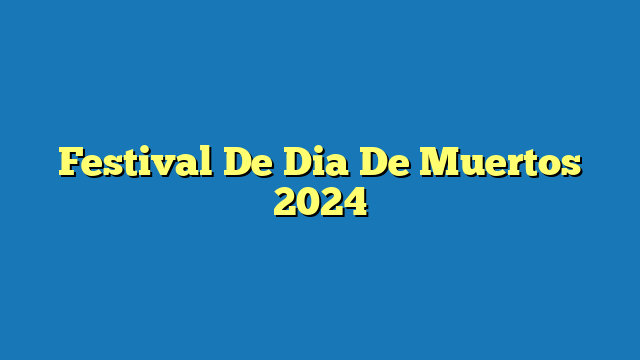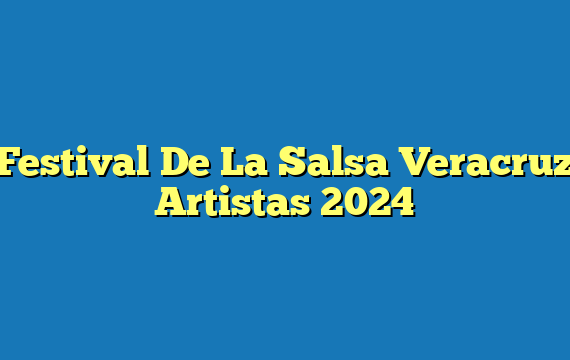The Day of the Dead: A Vibrant Celebration of Life and Death
The Day of the Dead (Día de los Muertos) is a Mexican holiday that celebrates the lives of deceased loved ones and honors their memory. It is a unique and vibrant festival that combines pre-Columbian traditions with Catholic influences, resulting in a colorful and meaningful observance.
Origins and Traditions:
The Day of the Dead has its roots in the ancient Aztec tradition of honoring the dead, known as Mictecacihuatl. The Aztecs believed that after death, the soul embarked on a perilous journey through the underworld to reach the realm of the dead, Mictlan. To aid the soul’s journey, families would offer food, drinks, and other offerings to the deceased.
After the arrival of Spanish colonizers in the 16th century, the Catholic Church merged the Aztec tradition with its own All Saints’ Day and All Souls’ Day celebrations, creating the contemporary Day of the Dead. The holiday was officially recognized as a national holiday in Mexico in 1928 and has since become a beloved tradition observed throughout the country and beyond.
Symbols and Rituals:
The Day of the Dead is characterized by several iconic symbols and rituals that embody its essence:
- Ofrendas (Offerings): Families create elaborate altars, or ofrendas, to honor their deceased loved ones. These altars are adorned with flowers, candles, food, drinks, and personal belongings of the deceased. The belief is that the spirits of the dead return to visit their families during the Day of the Dead and enjoy the offerings.
- Marigolds: Marigolds, or cempazúchitl, are the traditional flowers of the Day of the Dead. Their vibrant orange and yellow hues are said to guide the spirits of the dead back to their homes.
- Pan de Muerto (Bread of the Dead): This sweet bread is shaped like a skull or a human figure and is decorated with sugar and sesame seeds. It symbolizes the cycle of life and death and is often placed on the ofrendas.
- Calaveras (Skulls): Sugar skulls, or calaveras, are a popular symbol of the holiday. They are often decorated with intricate designs and inscriptions and represent the playful and lighthearted approach to death that is characteristic of the Day of the Dead.
- Processions and Celebrations: In many towns and cities, colorful processions take place during the Day of the Dead. People dress up in costumes, play music, and sing songs, creating a lively and festive atmosphere. Graveyards are often visited, where families gather to decorate the tombs of their loved ones and share stories about their lives.
UNESCO Recognition:
In 2003, the United Nations Educational, Scientific and Cultural Organization (UNESCO) recognized the Day of the Dead as an Intangible Cultural Heritage of Humanity. This designation highlights the unique and significant cultural value of the holiday, which has been passed down through generations and continues to be celebrated with great passion and authenticity.
Cultural Significance:
The Day of the Dead is more than just a holiday; it is a profound cultural expression that reflects the Mexican people’s unique perspective on life and death. It is a celebration of the continuity of life beyond the physical realm and a reminder that death is not something to be feared but rather embraced as a natural part of the human experience.
The holiday also fosters a sense of community and family unity. By honoring their deceased loved ones, families strengthen their bonds and create a shared memory that transcends generations. The Day of the Dead encourages people to reflect on their own mortality and to appreciate the preciousness of life.
Global Influence:
The Day of the Dead has gained popularity beyond Mexico’s borders and has become a widely celebrated holiday around the world. It is particularly popular in the United States, where Mexican-American communities have introduced the tradition to their local cultures. The holiday has also been featured in popular culture, including films, television shows, and music, further spreading its message of life, death, and celebration.
Conclusion:
The Day of the Dead is a vibrant and multifaceted holiday that embodies the Mexican people’s unique embrace of life and death. It is a festival that transcends religious and cultural boundaries, offering a profound celebration of the continuity of life and the enduring power of memory. As a cherished tradition that has been passed down through generations, the Day of the Dead continues to inspire and enchant people around the world, serving as a reminder that even in the face of death, life and celebration prevail.



